Experts probe why AirAsia X plane from Gold Coast was forced to divert to Brisbane
AUSTRALIA’S peak transport safety body will investigate why an AirAsia X flight from the Gold Coast to Kuala Lumpur was forced to make an emergency landing in Brisbane overnight.
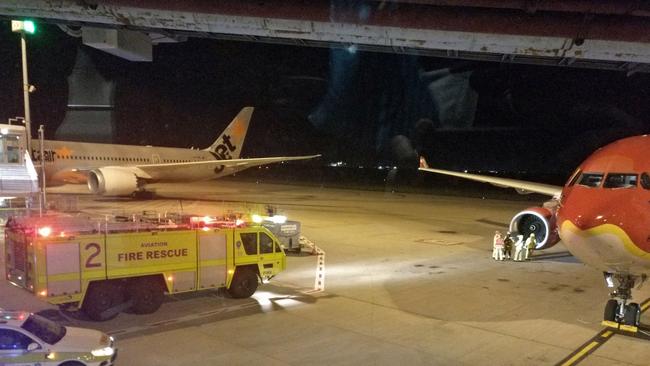
Travel
Don't miss out on the headlines from Travel. Followed categories will be added to My News.
AUSTRALIA’S peak transport safety body will investigate why an AirAsia X flight from the Gold Coast to Kuala Lumpur was forced to make an emergency landing in Brisbane on Monday night.
The airline released a statement claiming a “bird strike” to the plane’s starboard engine was thought to have caused the damage that forced the terrifying turnaround.
There have been about 200 birdstrike incidents near Gold Coast Airport in the past three years but none have been subject to an Australian Transport Safety Bureau (ATSB) investigation.
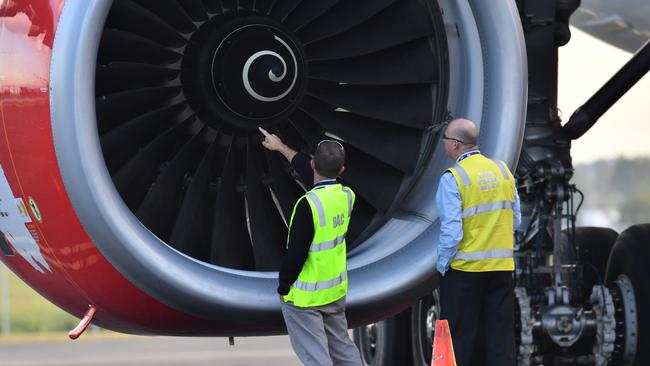
The Civil Aviation Safety Authority confirmed plover carcasses were found on the runway where flight D7207 took off around 10.20pm on Monday night.
“There was evidence on the runway of a birdstrike,” Spokesman Peter Gibso said.
But the ATSB said the incident was still “classified as an engine failure” and would be the subject of an investigation.
Passenger Tim Jago said he saw flames coming from the engine shortly after take-off.
He described hearing about five “pops” and said the aircraft shuddered.
“I think it was the engine shutting down and starting back up,” the 31-year-old New Zealander said.
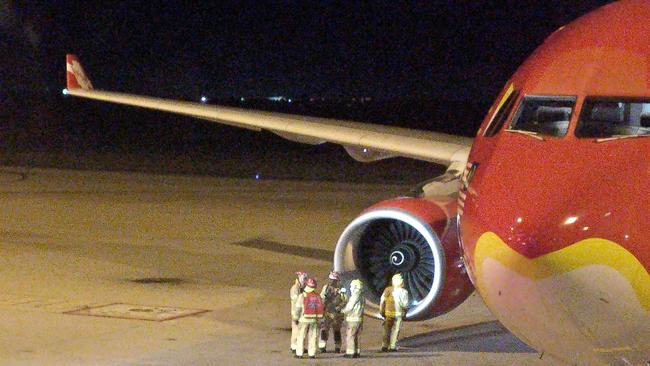
Mr Jago said the mood on the plane was “tense but calm” during the brief flight.
After the plane landed late at Brisbane, passengers had to wait until about 2am on Tuesday before being taken to hotels.
The 345 passengers and 14 crew aboard were uninjured.
Central Queensland University Accident Forensics and Investigation expert Geoffrey Dell said it was rare that a bird strike would do enough damage to force an aircraft to land.
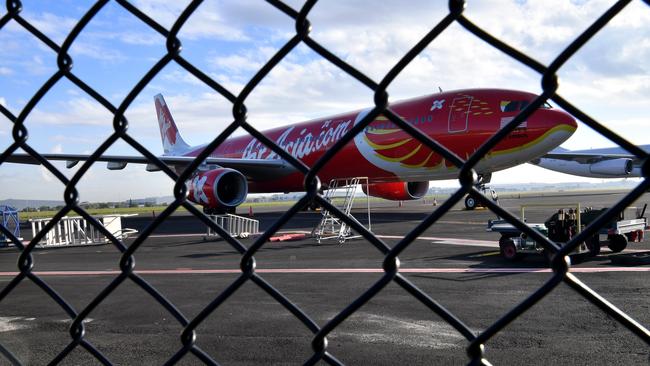
But the academic said planes could be crippled by birds and there was little air safety authorities could do to prevent the phenomenon.
“Usually there are not any serious consequences ... it depends on a lot of factors,” he said.
“You can be in all kinds of strife. What do you do about it? Aerodromes are close to cities which are usually in coastal areas so there’s usually lots of birds.”
In the past 12 months the ATSB recorded 53 bird strike incidents within a 25km radius of the Gold Coast Aerodrome.
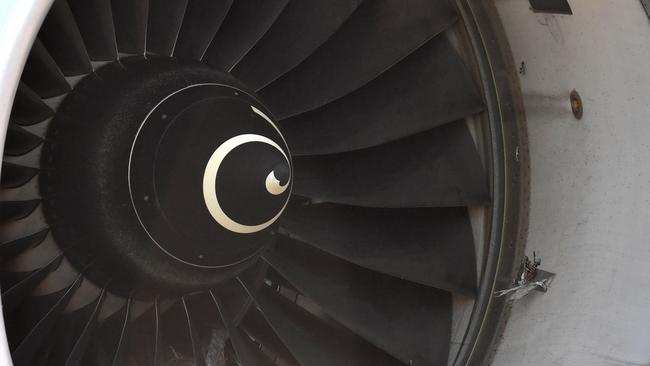
In the previous year, 86 incidents were recorded and in the year before that there were 65.
It is unknown how far from Gold Coast Airport AirAsia flight D7 207 was when it allegedly hit birds.
Tugun local Blake Edwards said he thought he heard the plane after take-off.
“(It) had a strange whirring sound,” he said. “I watch planes quite regularly and have not heard anything like it.”



